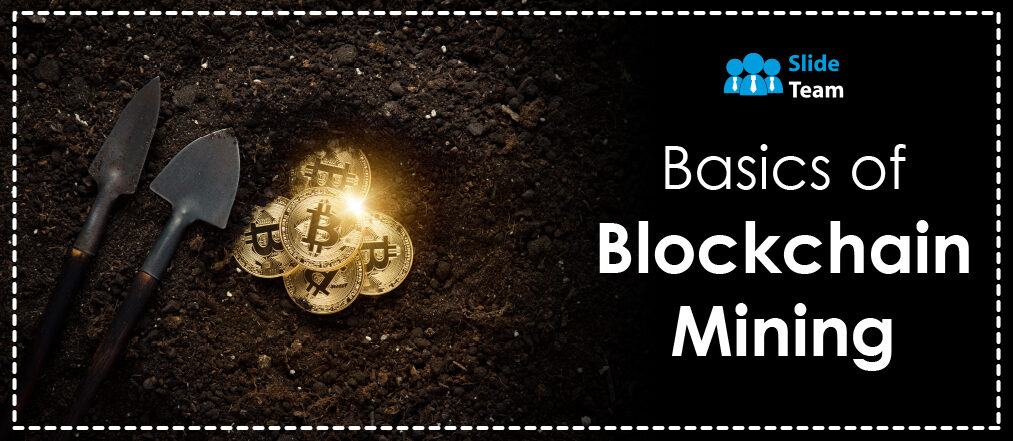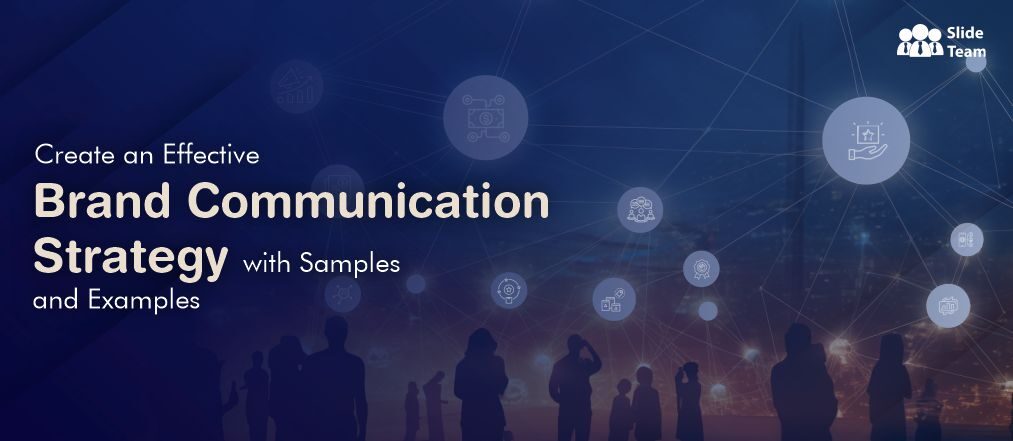If you've heard about blockchain technology, you might have encountered the term "mining." It's a word that's frequently associated with cryptocurrencies like Bitcoin, but the concept is often shrouded in mystery.
What exactly is blockchain mining, and why is it so vital to the world of cryptocurrencies?
Let’s understand it.
What is Blockchain Mining?
At its core, blockchain mining is the process by which new transactions are added to a blockchain, a distributed and decentralized ledger used to record cryptocurrency transactions. In other words, it's how transactions are verified and added to the blockchain, ensuring the integrity of the network.
How Does It Work?
Let's use a real-world analogy to grasp the concept better. Think of a blockchain as a public ledger, like a digital version of your bank statement. When you make a cryptocurrency transaction, it needs to be verified before being added to this ledger. This verification process is where miners come into play.
- Transaction Verification: When you make a cryptocurrency transaction, it's added to a pool of unverified transactions. Miners select transactions from this pool to include in the next block, which is a group of transactions.
- Proof of Work (PoW): Miners then compete to solve a complex mathematical puzzle known as the "proof of work." The first miner to solve the puzzle broadcasts their solution to the network.
- Consensus: Other miners verify the solution. If it's correct, the block is added to the blockchain, and the miner is rewarded with cryptocurrency and transaction fees.
- Adding to the Chain: The verified block is added to the blockchain, and the process continues with a new set of transactions.
The Role of Miners
Miners are essentially the backbone of the blockchain network. They play several crucial roles:
Transaction Verification: Miners ensure that transactions are legitimate and valid.
Security: The proof of work puzzle is what secures the network from fraud and malicious attacks. It's exceptionally difficult to manipulate the blockchain because it would require an enormous amount of computational power to alter a block, which is highly impractical.
Creation of New Cryptocurrency: Miners are rewarded for their efforts with new cryptocurrency coins, such as Bitcoin. This is how new coins are introduced into circulation.
Mining Equipment
Now, you might be wondering what kind of equipment miners use. In the early days of Bitcoin, miners could use regular computers for mining. However, as the network has grown more competitive, specialized mining hardware has become the norm. Here are a few common types:
- ASIC (Application-Specific Integrated Circuit) Miners: These are highly specialized machines designed for one thing only – mining cryptocurrencies. They're incredibly powerful and efficient, making them the preferred choice for many miners.
- GPU (Graphics Processing Unit) Miners: These are high-end graphics cards often used in gaming computers. They can also be used for mining, although they're less efficient than ASIC miners.
- CPU (Central Processing Unit) Miners: These are standard computer processors. While they can still be used for mining, they're the least efficient option due to their relatively low processing power.
Rewards for Miners
Mining isn't a charity – miners are rewarded for their hard work. In the case of Bitcoin, for example, miners receive both newly created bitcoins and transaction fees. The newly created bitcoins are known as the "block reward." Initially, the block reward was 50 bitcoins, but this reward halves approximately every four years, in an event known as the "halving."
The decreasing block reward and the competition among miners mean that mining becomes more challenging over time. This is known as the "mining difficulty," and it adjusts to maintain an average rate of one block mined every 10 minutes. As a result, miners need more powerful hardware and higher electricity consumption to compete effectively.
Joining a Mining Pool
Mining can be an expensive and time-consuming endeavor, particularly for newcomers. This is where mining pools come in. A mining pool is a group of miners who combine their computational power to increase their chances of solving the proof-of-work puzzle and receiving rewards. When the pool successfully mines a block, the rewards are distributed among the pool members based on their contributions.
Joining a mining pool can be a more reliable way for individual miners to earn a consistent income, although it typically results in smaller rewards compared to solo mining.
Environmental Concerns
One hot topic in the world of blockchain mining is its environmental impact. The energy consumption associated with mining, especially for cryptocurrencies like Bitcoin, has raised concerns about its carbon footprint. The energy-hungry nature of mining is primarily due to the proof-of-work mechanism, which requires miners to compete by solving complex mathematical puzzles.
Some cryptocurrencies are exploring more environmentally friendly consensus mechanisms, such as proof of stake (PoS), which don't rely on energy-intensive calculations. These alternative approaches aim to reduce the ecological footprint of blockchain networks.
Conclusion
In a nutshell, blockchain mining is the heartbeat of the cryptocurrency world. It's the mechanism that verifies transactions, secures the network, and introduces new coins into circulation. As cryptocurrencies continue to gain popularity, understanding the basics of mining becomes increasingly important for investors, enthusiasts, and anyone curious about the world of digital finance. While mining may seem complex, it's a fundamental process that keeps blockchain technology running smoothly, ensuring the trust and security that underpin the entire system. So, the next time you hear someone talk about blockchain mining, you'll be in the know!
Get a custom deck designed, by getting in touch with our experts at www.slideteam.net





 Customer Reviews
Customer Reviews



















